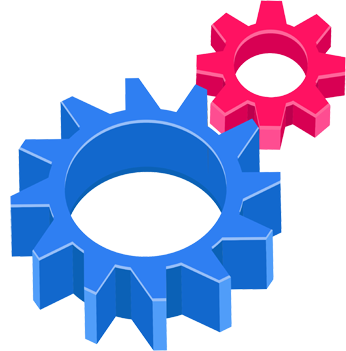eDiscovery Daily Blog
Here’s a Terrific Listing of eDiscovery Workstream Processes and Tasks: eDiscovery Best Practices
Let’s face it – workflows and workstreams in eDiscovery are as varied as organizations that conduct eDiscovery itself. Every organization seems to do it a little bit differently, with a different combination of tasks, methodologies and software solutions than anyone else. But, could a lot of organizations improve their eDiscovery workstreams? Sure. Here’s a resource (that you probably already know well) which could help them do just that.
Rob Robinson’s post yesterday on his terrific Complex Discovery site is titled The Workstream of eDiscovery: Considering Processes and Tasks and it provides a very comprehensive list of tasks for eDiscovery processes throughout the life cycle. As Rob notes:
“From the trigger point for audits, investigations, and litigation to the conclusion of cases and matters with the defensible disposition of data, there are countless ways data discovery and legal discovery professionals approach and administer the discipline of eDiscovery. Based on an aggregation of research from leading eDiscovery educators, developers, and providers, the following eDiscovery Processes and Tasks listing may be helpful as a planning tool for guiding business and technology discussions and decisions related to the conduct of eDiscovery projects. The processes and tasks highlighted in this listing are not all-inclusive and represent only one of the myriads of approaches to eDiscovery.”
Duly noted. Nonetheless, the list of processes and tasks is comprehensive. Here are the number of tasks for each process:
- Initiation (8 tasks)
- Legal Hold (11 tasks)
- Collection (8 tasks)
- Ingestion (17 tasks)
- Processing (6 tasks)
- Analytics (11 tasks)
- Predictive Coding (6 tasks)*
- Review (17 tasks)
- Production/Export (6 tasks)
- Data Disposition (6 tasks)
That’s 96 total tasks! But, that’s not all. There are separate lists of tasks for each method of predictive coding, as well. Some of the tasks are common to all methods, while others are unique to each method:
- TAR 1.0 – Simple Active Learning (12 tasks)
- TAR 1.0 – Simple Passive Learning (9 tasks)
- TAR 2.0 – Continuous Active Learning (7 tasks)
- TAR 3.0 – Cluster-Centric CAL (8 tasks)
The complete list of processes and tasks can be found here. While every organization has a different approach to eDiscovery, many have room for improvement, especially when it comes to exercising due diligence during each process. Rob provides a comprehensive list of tasks within eDiscovery processes that could help organizations identify steps they could be missing in their processes.
So, what do you think? How many steps do you have in your eDiscovery processes? Please share any comments you might have or if you’d like to know more about a particular topic.

Sponsor: This blog is sponsored by CloudNine, which is a data and legal discovery technology company with proven expertise in simplifying and automating the discovery of data for audits, investigations, and litigation. Used by legal and business customers worldwide including more than 50 of the top 250 Am Law firms and many of the world’s leading corporations, CloudNine’s eDiscovery automation software and services help customers gain insight and intelligence on electronic data.
Disclaimer: The views represented herein are exclusively the views of the author, and do not necessarily represent the views held by CloudNine. eDiscovery Daily is made available by CloudNine solely for educational purposes to provide general information about general eDiscovery principles and not to provide specific legal advice applicable to any particular circumstance. eDiscovery Daily should not be used as a substitute for competent legal advice from a lawyer you have retained and who has agreed to represent you.

